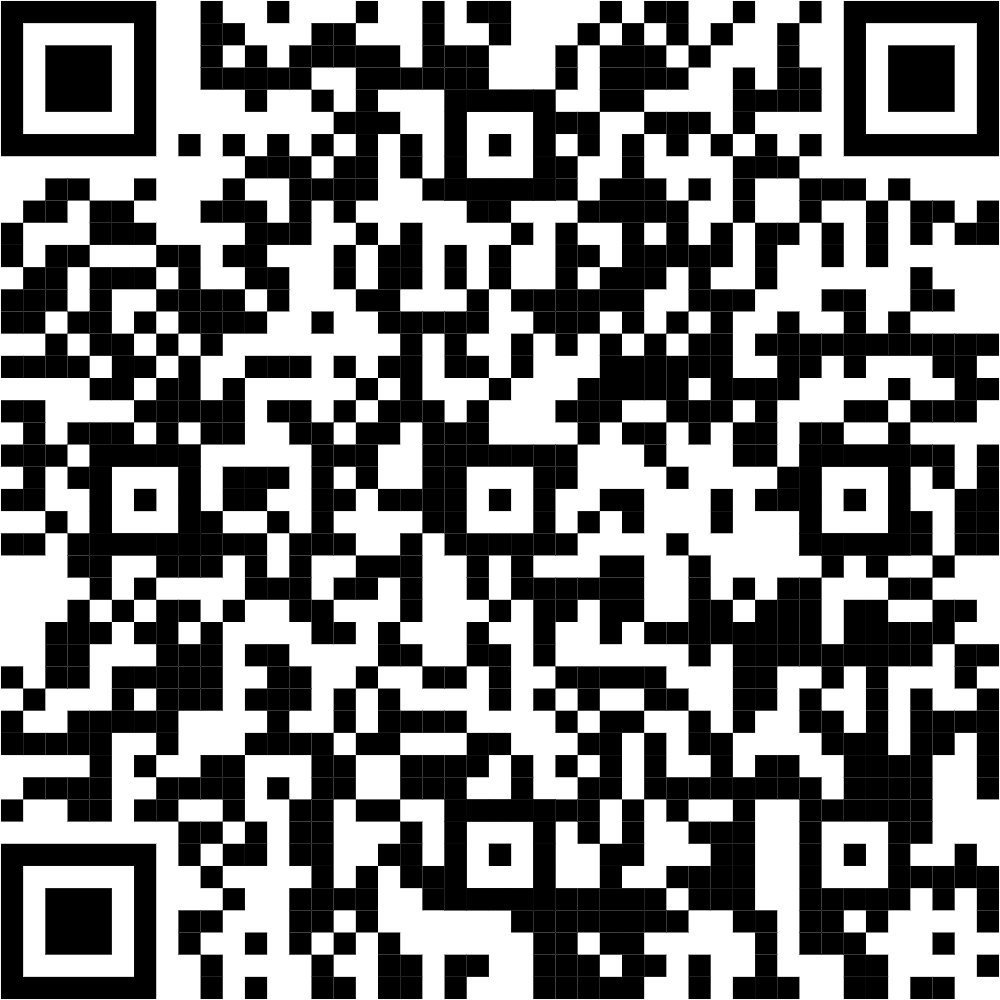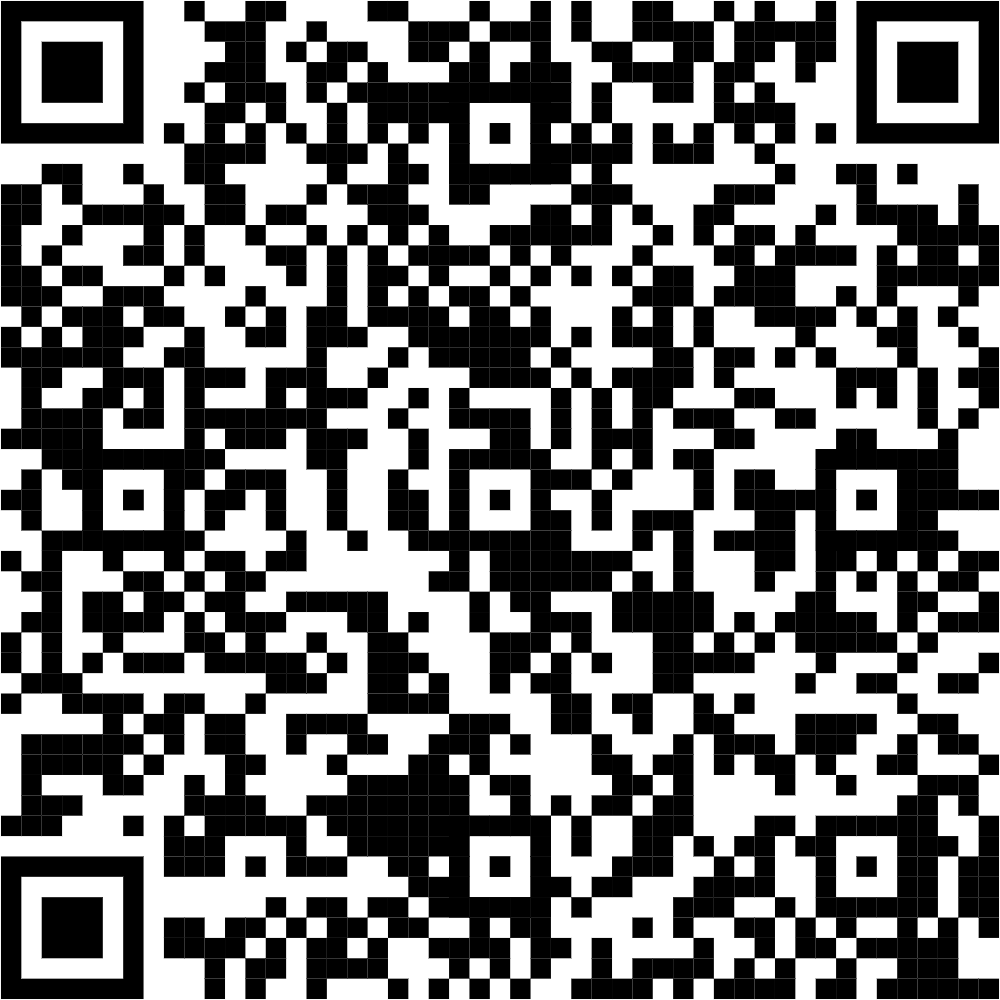🎧 IELTS Listening – Full Overview
The IELTS Listening test assesses how well a candidate understands spoken English including main ideas, details, and different accents. The test is 30 minutes long with 4 recordings and 40 questions. You can hear the recording only once. You’ll hear everyday conversations, academic discussions, and lectures.
✅ Applies to:
- Both Academic and General Training versions
- Exact same format and scoring
🕒 Duration:
- Total: ~40 minutes
- 30 minutes to listen and answer questions
- 10 minutes to transfer answers (paper-based only)
- No transfer time in the computer-based test
🧩 Format:
- 4 sections / recordings
- 40 questions in total (10 per section)
- Recordings played once only
- Different accents may be used (British, Australian, American, etc.)
💻 Test on Computer
- Total : 30 mins (2 mins to check answers, no extra 10 mins)
- You type your answers directly into the computer while listening.
- With the navigation button at the bottom of the screen, you can see and check all 40 questions.
- You can also switch between questions with the forward/backward arrows.
- If there is a question you want to return to and check again when you click the ‘Review’ button in the lower-left corner, the question number changes from a square to a circle, so you mark which question you will review. In addition, with the volume control bar in the upper right corner, you can provide full volume control during the test.
- You should write the answers to the system as soon as you hear them. No extra time will be given to transfer your answers. You will only have 2 minutes to review your answers at the end of the test.
- A visual example of sample :

📚 Section Breakdown:
- Section 1 – Conversation in a Social Context
- Type: A dialogue between two people.
- Context: Everyday social situations (e.g., booking a hotel room, enquiring about a course).
- Skills tested: Listening for factual information like names, dates, addresses, prices.
- Form Completion (e.g. booking forms)
- Note/Table Completion
- Short Answer Questions
- Section 2 – Monologue in a Social Context
- One speaker (e.g., a guide giving a tour or public talk)
- Type: A single speaker.
- Context: A talk on a non-academic topic (e.g., a tour guide describing a museum, or a speech about local facilities).
- Skills tested: Understanding descriptions, following directions, identifying specific information.
- Map/Plan/Diagram Labelling
- Matching (e.g. places with descriptions)
- Note/Table Completion
- Section 3 – Educational or training discussion
- 2–4 speakers (e.g., students discussing an assignment)
- Type: A conversation between two to four people.
- Context: Academic discussions (e.g., students talking with a tutor, group project discussion).
- Skills tested: Understanding opinions, attitudes, and main ideas.
- Matching (e.g. student names to opinions)
- Multiple Choice
- Note/Flowchart Completion
- Section 4 – Academic lecture or talk
- One speaker (e.g., a university lecture)
- Type: A lecture or academic talk.
- Context: University-style lecture on a subject (e.g., biology, history).
- Skills tested: Listening for main ideas, supporting details, and specific information.
- Note/Table/Summary Completion
- Multiple Choice
- Sentence Completion
💠Test on Computer :
- The Listening test is the same in both computer-based and paper-based formats.
- You will listen to the audio once only through headphones.
- The test has 4 sections with a total of 40 questions.
- You will see the questions on the screen while you listen.
- You can highlight text and make notes on the screen during the test.
- You can change your answers at any time during the Listening section.
- You do not get extra time at the end to transfer answers (unlike the paper test).
- You must type your answers directly into the answer boxes on the screen.
- Spelling and grammar must be correct to receive a mark.
- The audio will start automatically, and you cannot pause or replay it.
- Use the navigation bar to move between questions or check your answers.
- you will only be given two minutes at the end of the test to check your answers. The test stops automatically at the end of this time period.
📊 Scoring:
- Each correct answer = 1 mark
- There is no negative marking
- Your raw score (out of 40) is converted into a band score (from 1 to 9)
✏️ Question Types:
- Multiple choice
- Matching
- Sentence completion
- Form/note/table/flow-chart completion
- Map/diagram labelling
- Short-answer questions
🎯 Skills Assessed:
- Understanding main ideas & specific information
- Recognising opinions, attitudes, and purpose
- Following the flow of conversation or argument
- Grasping meaning despite distractions or accents



